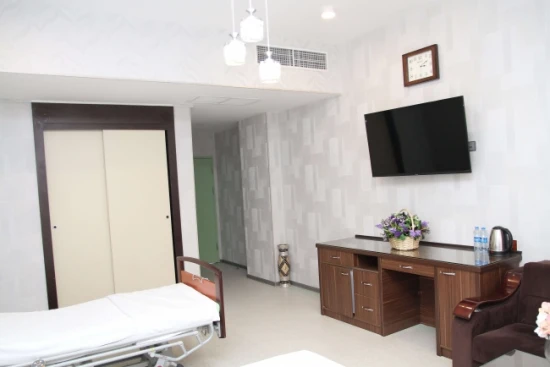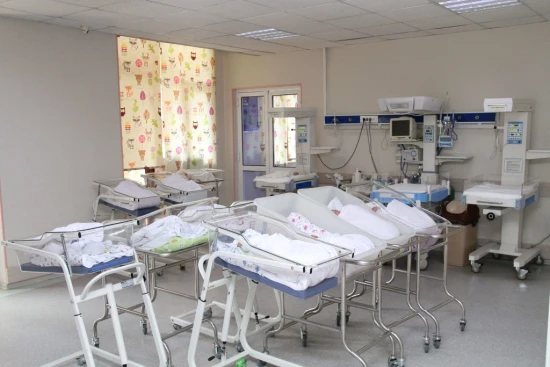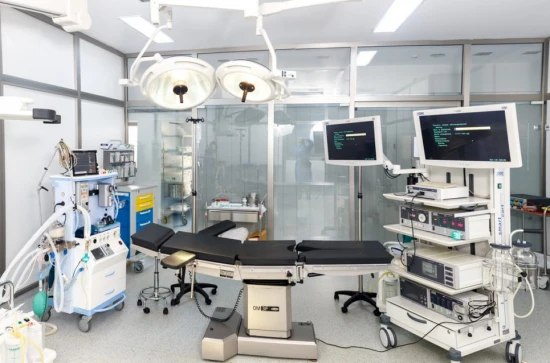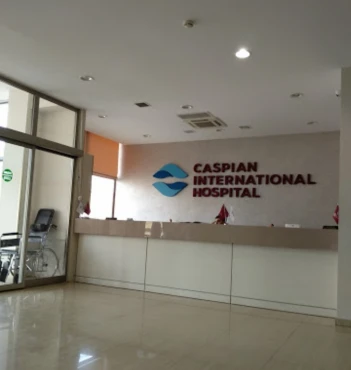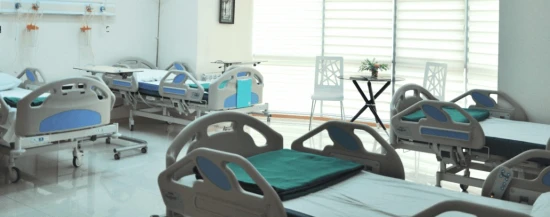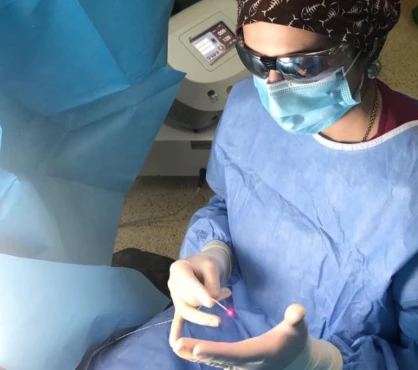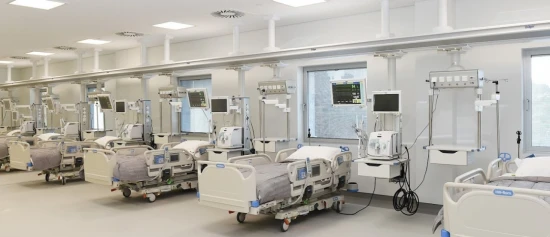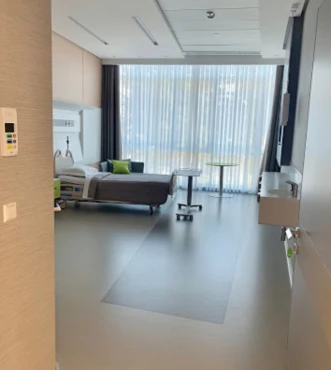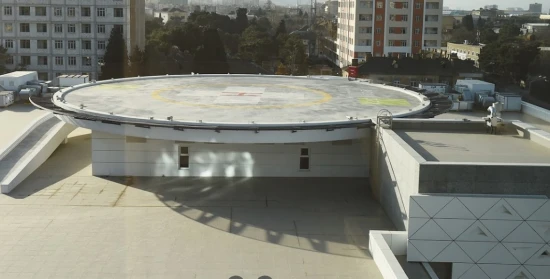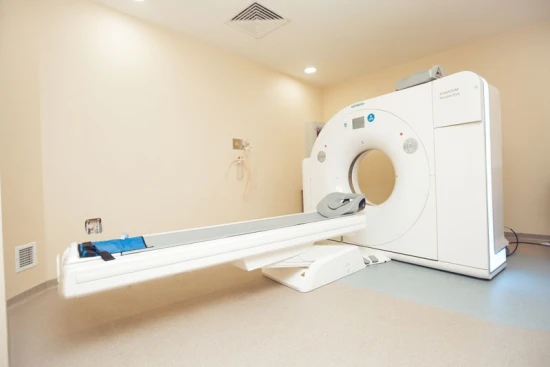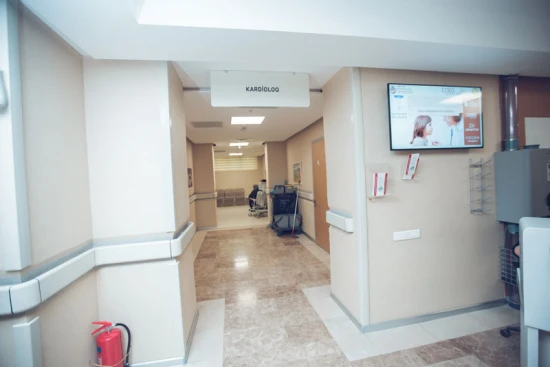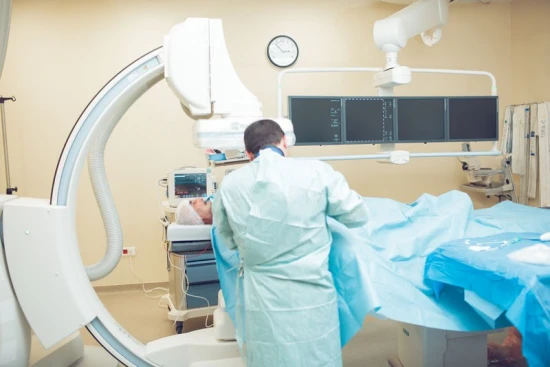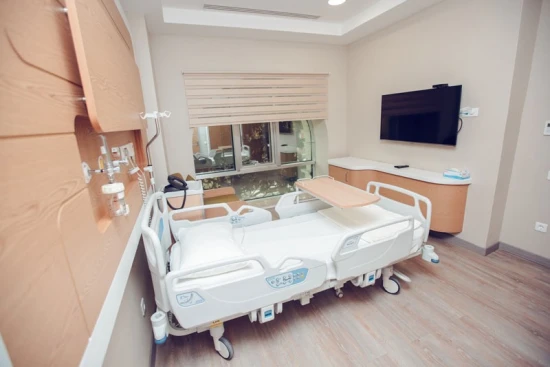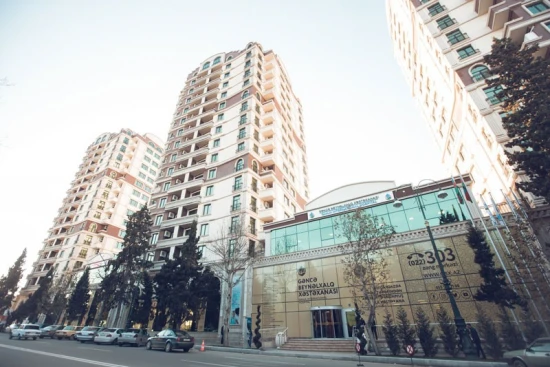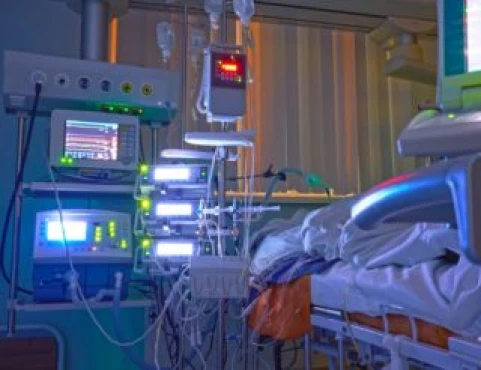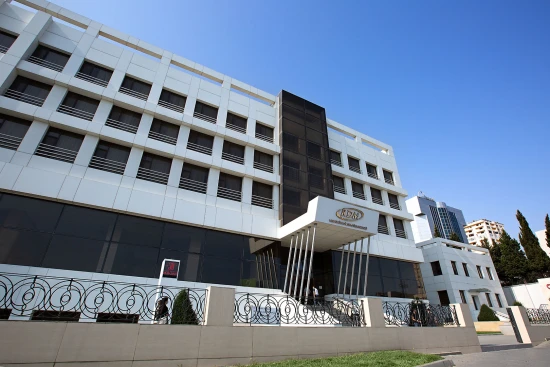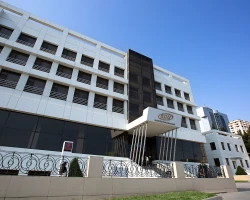Epilepsy treatment in 3 Neurosurgery and Oncology clinics in Azerbaijan
3 clinics specializing in Neurosurgery and Oncology providing treatment of
Epilepsy
Epilepsy is a neurological disorder characterized by recurrent and unpredictable seizures. It can cause disruptions in daily life, but with proper treatment, many people can manage and control their seizures effectively.
Read more...
disease in Azerbaijan.
Sorted by:
Relevance
Rating
Relevance
Prices for popular procedures:
Prices for popular procedures:

Baku, Azerbaijan
Specializations: Cardiac surgery, Vascular surgery, Thoracic surgery, Neurosurgery, Spine surgery, Orthopedic surgery, Oncology
Equipped with the latest medical devices and equipment, Caspian International Hospital is a private medical institution with a professional, friendly staff that provides a high
read more
Prices for popular procedures:

Baku, Azerbaijan
Specializations: Cardiac surgery, Vascular surgery, Thoracic surgery, Neurosurgery, Spine surgery, Orthopedic surgery, Oncology
Our clinic started operating on January 1, 2014 in Narimanov district, Baku, with a fully professional and medical staff. In our clinic, our local
read more
4 nearby similar clinics in Azerbaijan
Perhaps you should consider 4 more clinics we have found nearby basing on your Location, Disease filters applied.
Prices for popular procedures:
Prices for popular procedures:
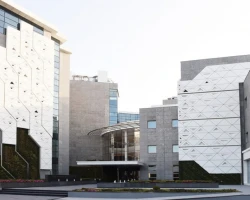
Baku, Azerbaijan
Specializations: Cardiac surgery, Vascular surgery, Thoracic surgery, Neurosurgery, Spine surgery, Orthopedic surgery, Oncology
Languages: English, Russian
It is not a coincidence that we have named our hospital ‘Bona Dea International Hospital’. In Roman mythology, Bona Dea was a healing goddess and
read more
Prices for popular procedures:

Ganja, Azerbaijan
Specializations: Cardiac surgery, Vascular surgery, Neurosurgery, Spine surgery, Orthopedic surgery, Oncology
Ganja International Hospital started operating on September 9, 2015. The total area of the five-storey hospital is 11,887 square meters. The hospital provides outpatient and
read more
Prices for popular procedures:
Clinics grouping by rating
Clinic with the highest rating of 4.1 — Milan Hospital in Baku, Azerbaijan, clinic with the most reviews number of 86 — Caspian International Hospital in Baku, Azerbaijan.
With rating 4.0 and over — 1 clinic .
Countries with the highest number of clinics treating the diseases:
Epilepsy:
worldwide
430 clinics
Brazil
34 clinics
India
33 clinics
Mexico
25 clinics
Germany
24 clinics
Colombia
23 clinics
Related procedures:
Procedures are likely to be used for Epilepsy treatment:
Deep brain stimulation (DBS),
Gamma Knife,
and
Transcranial magnetic stimulation (TMS) - per course
.
